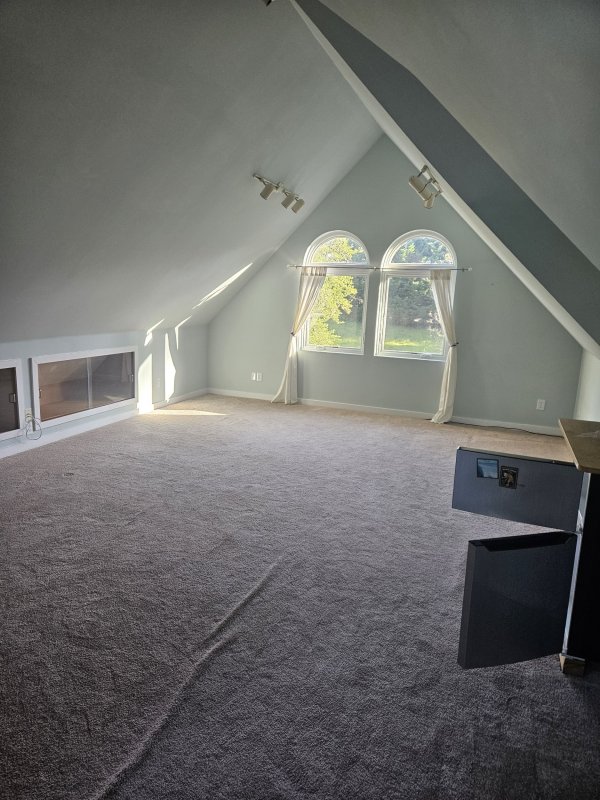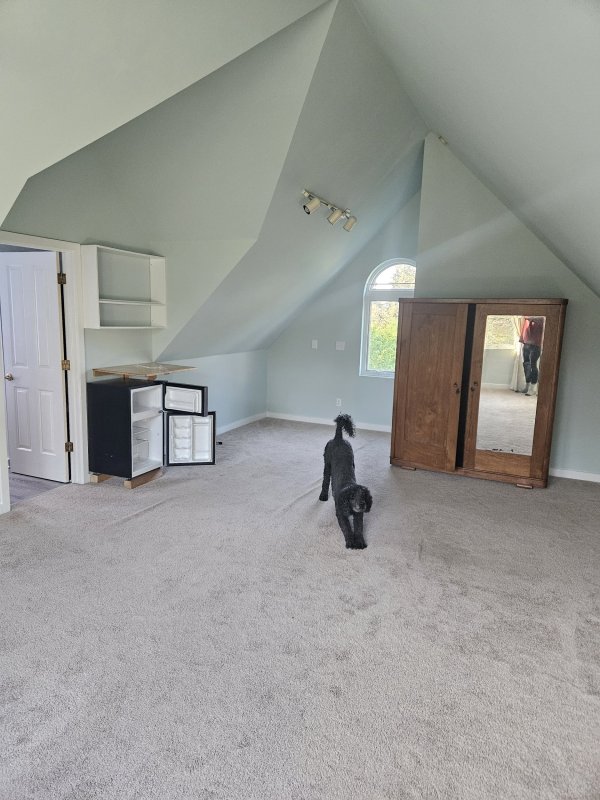Recently I spent timing refining the speaker set up in our room (not a room dedicated to audio or purpose built). The area (~53 m sq) is asymmetrical, with high ceilings, connected with 2 hallways and a staircase to the upper level of our home.How much of a rake angle change is audible is also system dependant .
Some speakers roll off very fast if the measurement angle is adjusted/ changed .
Some stay quit even even at a 10 degree change
To emphasize your point about rake angle, I was able to hear a change of > 0.2 degree as measured with a digital level. I did not anticipate that I would be able to resolve such a difference but it was reproducible.
Last edited:








